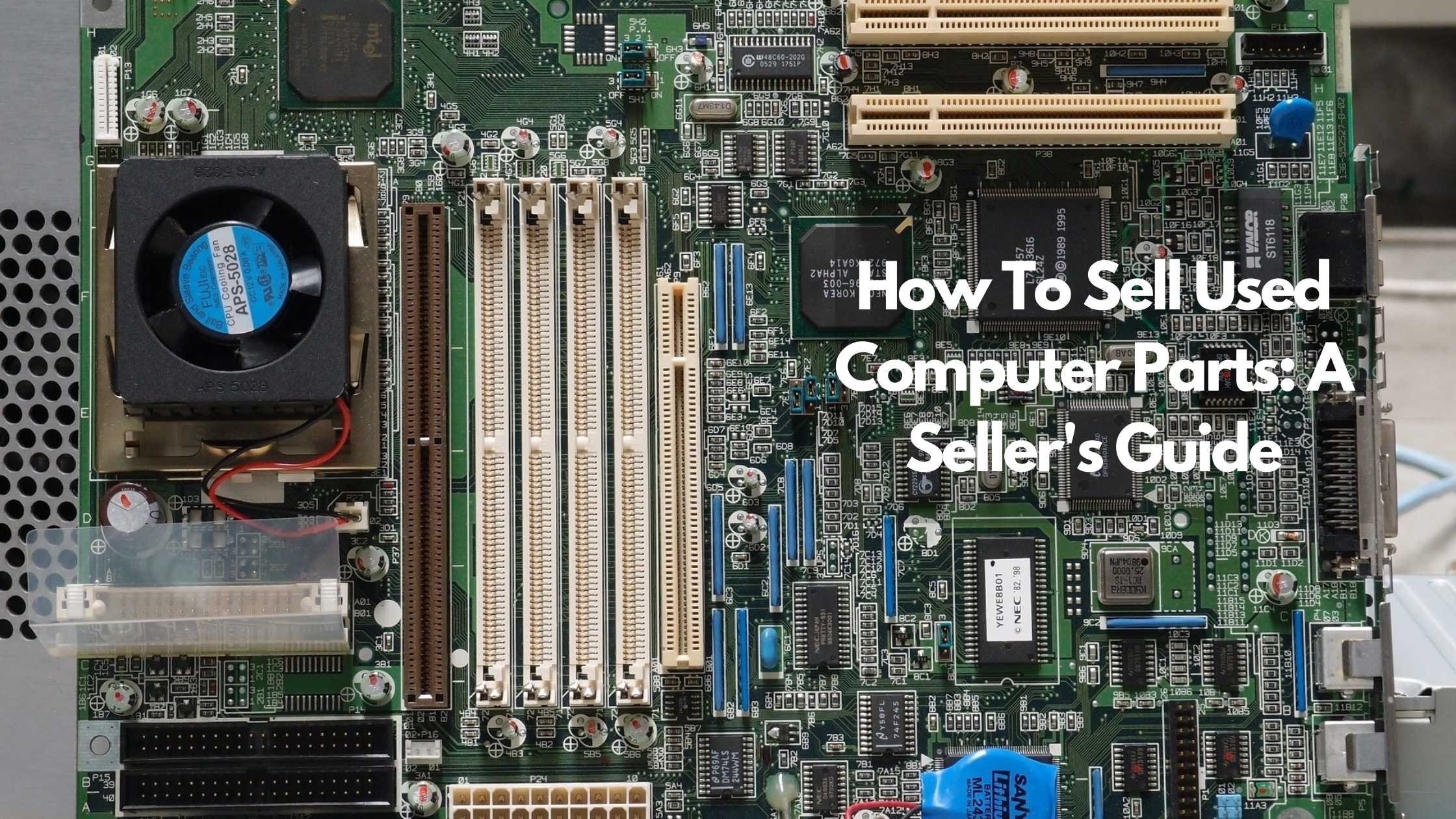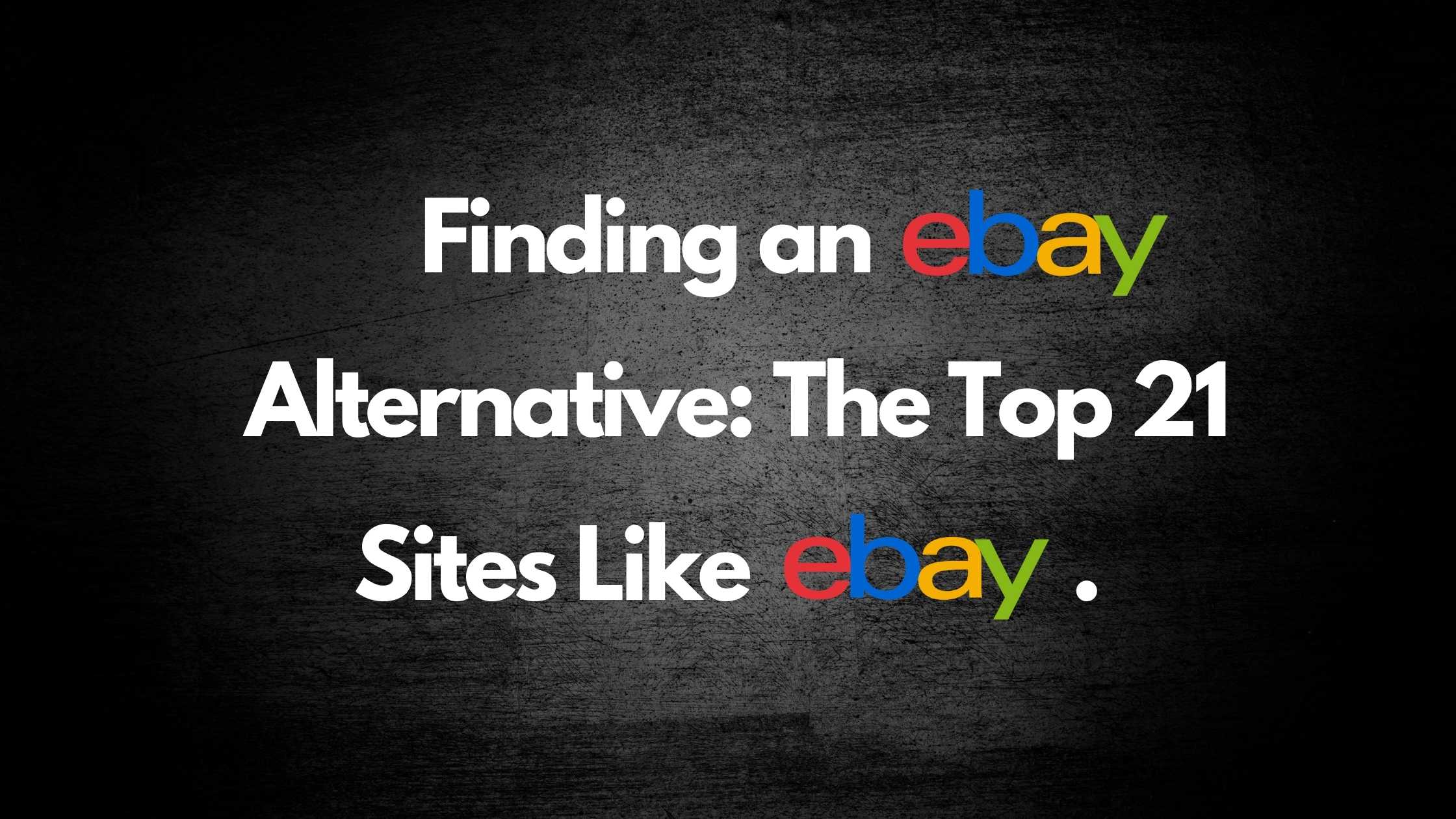
Selling Complete Used Lego Sets: A Seller’s Guide
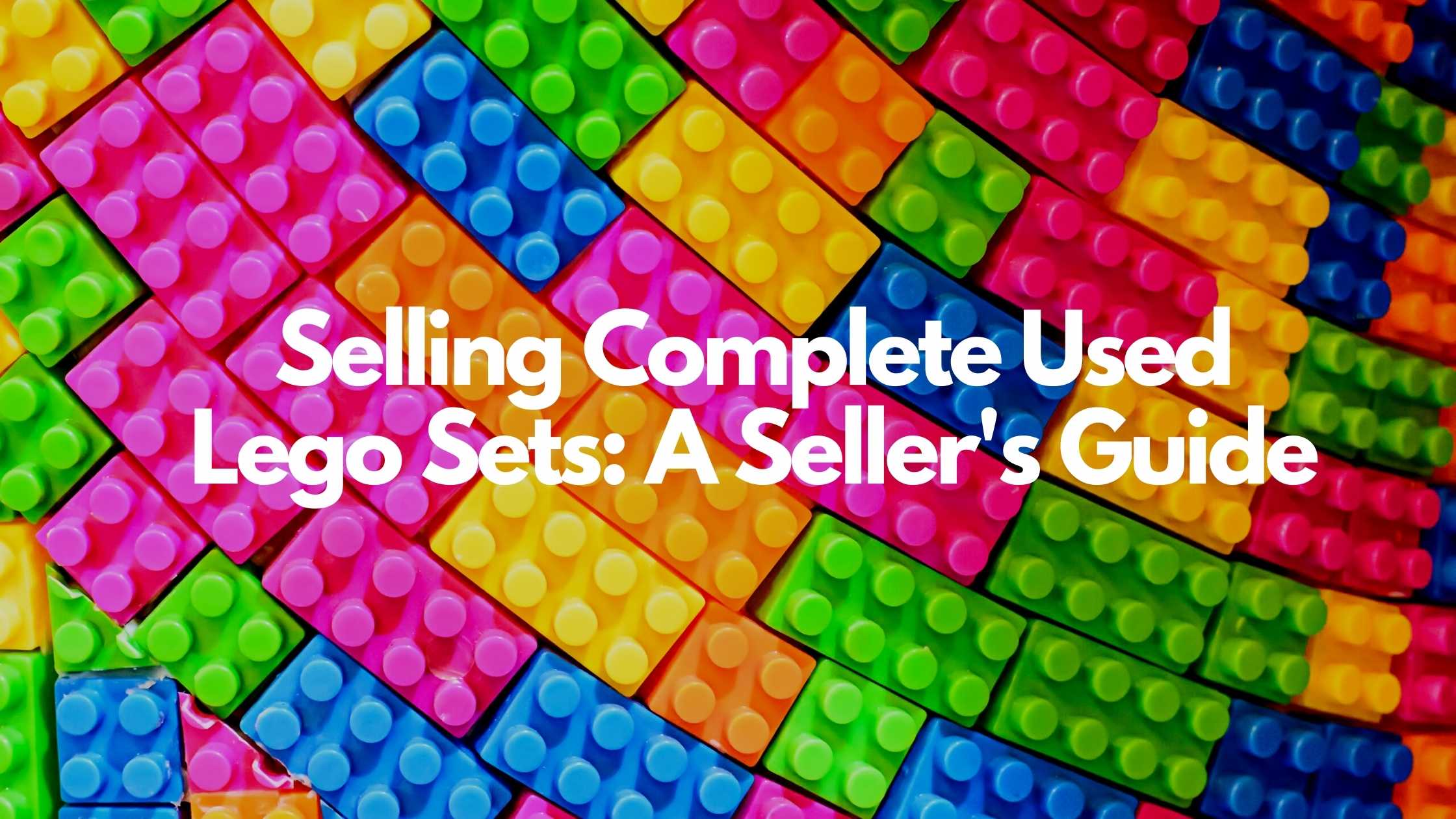
There’s a thriving used lego market with some likely to fetch you hundreds of dollars and others thousands of dollars. Used lego sets can easily fetch values higher than their retail price.
Consequently, as you prepare to cash in on your complete used lego sets, how can you ensure that you realize a significant return on them?
It’s simply by understanding how they’re valued, priced, prepared, and where to sell them.
This detailed article gives you the low-down on how to get the best value for your complete used lego sets.
What is the best way to sell complete used lego sets?
The best way to sell your complete lego sets is to identify and list on sites that specialize in selling lego or have a high traffic of Adult Fans of Lego (AFOLS). Bricklink and eBay have proven expertise in selling used legos and bricks, though they rely on slightly different strategies.
A guide to selling complete used lego sets
Selling is an art that requires a watertight strategy to ensure that you not only give but also gain the best. Ideally, it should be a win-win for you and the buyer. To achieve this, here’s what you need to do.
- Research
This is essential to identify the lego sets you have, know their value, and what they’re likely to fetch. In reality, the only real indicator of value is what someone is willing to pay for them. But since there’s an off chance of this happening, it’s better to take the generally accepted route.
But first, why are lego sets expensive? It mainly boils down to high demand, the manufacturer’s quality, the ever-increasing size, increasing complexity of sets, and impressive resale value. Legos are touted as a better investment than gold or the stock market.
Lego’s are either sold as parts, mini-figures, sets, or collections. When it comes to lego sets, there are about 3,700+ different lego elements. There are lego sets for kids, lego sets for adults, and even some cool new ones, like the Lego Art range or the Lego Mindstorms robotics system.
So, if you’re not sure what lego sets you’ve got, refer to inventories on lego focused websites like Peeron, BrickLink, or BrickSet to confirm. Check the individual lego pieces for the part number and then make the reference; Bricklink often has them listed.
Once you know the sets you have, it’s time to know their market value, and you can find this information via sites that are lego-centric like:
- eBay, where you can review the rates by searching the sets’ name or part number and filtering to sold listings. Here you’ll see what’s been sold and by how much.
- Bricklink, on its part, shows you historical sale prices from the past six months.
- Bricket gives you the Manufacturer’s Suggested Retail Prices (MSRP) and also includes information about how rare a given lego part or set is.
- Brickpicker gives you current market values of sets, so you know what asking price to set. Since most of the used lego are sold on eBay, it gets data from here and compiles its own database of values and growth rates.
- Create an inventory
Perhaps the most effective way to connect with buyers is to create an inventory anchored on the precise elements that drive buyers interest and value, such as;
- In-demand
Demand is one of the primary factors that drive value for lego. Lego sets were initially children’s toys but grew to target adults. According to BrickFanatics, examples of high-demand lego sets are the Millennium Falcon, The Disney Castle, Taj Mahal, Statue of Liberty, and Hogwarts Castle, among others. If your lego sets happen to be in the in-demand category, let the inventory capture this bit of useful information.
- Parts
The parts of a lego, unlike the sets, can be challenging to identify. That’s why instructions are considered a critical part of a complete lego set. Since 2008, lego has included an inventory of parts in its instruction booklets. The inventory of parts has an image of the part above a part number, which encodes mold and color, and can be searched on a site like BrickLink. If you can’t identify the part number, you can use the gallery feature on BrickLink to attempt to visually identify which part you have. However, make sure you don’t make a mistake.
If you don’t have the instructions, let the buyer know where to find them. For example, any lego that goes back to 2002 has instructions that can be obtained from Building Instructions from Lego.com or Lego Instructions.
- Current status
The condition describes the current state of your lego sets. They’re either sold as new, used, sealed in box, or sealed in damaged box. A new lego set is one that’s never been built or played with and is sealed in box. Pieces can have some hairline scratches due to packaging, but they should be pristine.
The real deal breakers are pieces that have general wear and tear, dents, cracks, breakage, loose hinges, stains, and are dirty. No buyer will want this unless there’s a deep sentimental connection to them.
Your complete used lego sets will only be worth something if the original boxes and instructions are in good condition. For some buyers, the condition of the box is of extreme importance. This can impact their purchase decision.
- Age
The age of your lego set is important, but only to an extent. Age is specific to a buyer, where most base their decision on their memories or how a set makes them feel. Some sets go way back to almost 40 years, and most were basic and hardly remarkable.
What’s more, if they’re used, you can only imagine the wear and tear wrought on them by time, rough handling, and sometimes storage. Only a handful of vintage sets are valuable collectibles. If your lego sets were released after 1999, they’re likely to be valuable if in good condition.
- Authenticity
You’ve got to be sure that all your pieces are 100% lego. It’s all in the materials, with the percentage of purity in true lego parts being the deciding factor. Fake parts are distinctly different in gloss, sharpness of color, design, and size. You’d have to be keen to pick out these subtle details.
- Complete set
A complete lego set has all the original parts, the box, instructions, parts bags, stickers and sticker sheets, and minifigures. Whereas you can make more money by separating minifigures before you sell, they’re also the leading reason for incomplete sets. Though some buyers could be willing to sell for a good price if you’re set has spares that they desperately need, especially if they can complete a themed or franchise set. The final decision rests with you on the best way to sell them.
- Size of the set
The size of a set determines its value because larger sets tend to be less distributed and hence more valuable, especially if they’ve got plenty of figures. Sometimes the sheer size of space they occupy could be what compels you to sell in the first place.
- The franchise or theme
The franchise or theme is an attraction to lego collectors. The Statue of Liberty and the Taj Mahal are some of the valuable themes. Licensed themes like Star Wars, Superheroes, and Lord of the Rings are always more expensive due to the licensing aspect. In addition to complete sets, individual parts and minifigures that complete these themes and franchise sets can be highly valuable.
- Production
Production and circulation directly impact lego sets’ rarity because they’re either mass distributed, exclusively distributed, or have limited production. The limited-production ones, in particular, are quite rare and, therefore, expensive depending on the buyer’s appreciation of them. Any sets with a short production run usually appreciate well; in fact, the rarer, the better.
To deeply understand how and why legos are valued, here’s another article on a similar topic.
- Prepare your lego sets
As much as these tasks can prove to be labor-intensive and time-consuming, preparing your lego sets to realize significant profits is an investment in itself. This is because buyers will appreciate the detail and professional presentation that makes the transaction hassle-free.
- Select the sets you want to sell, bearing that specialty sets and minifigures are more popular, make more, and are easier to sell.
- Dirty, sticky legos are a deal-breaker. To ensure they’re squeaky clean, use mild soap, a microfiber towel, and water.
- Since you’ll definitely list on eBay, Bricklink, or Sheepbuy, why not create a detailed listing from the get-go? Sort all sets by type, color, and unique designs. Then make out a list of everything that’s on sale, including your assessment of the lego sets condition including up close, high-resolution images of the sets and any pieces or figures from different angles. Don’t shy away from showing discolorations, scratches, dents, cracks, or any flaws. It will help you avoid disputes, and returns that will incur extra shipping costs and poor reviews.
- Include detailed information about the lego sets like the type of set, part numbers, mini figure names, and anything that a buyer may inquire about. Make sure everything is nice, complete, and neatly packed in ziplock bags with instructions attached. To confirm that the sets are complete, rebuild them.
- If there are missing parts, check and order on Bricklink to ensure your sets are complete and therefore fetch the best prices.
- Another thing to prepare for is the packaging and shipping. For this, purchase some bubble wrap or suitable padding to ensure that your lego sets don’t break in transit and standard boxes based on your lego sets’ volume.
At this point, it’ll do well to think of your selling policies in regard to modes of payment, returns, and shipping. Let the buyers know whether shipping costs are charged separately. You should never ship anything if you’ve not received full payment. Also, as soon as you receive the payment, organize the shipment immediately.
- Price your lego sets
It looks like you’ve got everything figured out, so how about setting a price for your lego sets? Weigh the complete sets and use the price/kg to value them, then add a % based on how desirable you think the sets are, plus some of the expenses incurred.
However, be careful not to price too highly beyond the market rates you had researched. Figure out how to balance everything while still making a profit.
When setting a price, consider the following general rules:
- As noted earlier, while age and rarity are key factors in a lego set’s desirability, they’re not a primary factor when it comes to pricing.
- The aesthetic appeal of a set could positively contribute to its value.
- People love minifigures, so the pre-minifig era sets won’t have that much desirability.
- The condition, quality, and cleanliness of the parts are extremely important. Regardless of factors like age or theme.
- Most buyers are driven by nostalgia, so used sets from the late 70s and early 90s are valuable.
- Start selling
You can’t ignore eBay and Bricklink when selling lego sets. Most used lego is traded and bought on eBay. The platform is popular with lego collectors because of its bargain prices and international audience of buyers. Pricing is dictated by what similar items would be selling at the time, so it’s not easy to scale up.
- eBay does claim a hefty commission from your sales, and if you’ve no prior history selling there, your lego sets will either have to be highly desirable. This is because buyers rely on your past reviews to consider purchasing. Trust is not easily given on this platform. You’d have to earn it, and this takes time. eBay charges a 10% commission on each sale, and payments are made via PayPal.
- Bricklink is an online megastore for new and used lego sets and bricks. To sell, you’d need to set up a store, and buyers can either browse for a specific product or browse by stores. As a seller, you can use the prices at other stores to help you decide what to charge for your stock. This site tracks a six-month history of any items sold through it, and you can sell by set, bulk, or piece. If you’ve got specialty or rare pieces, this is the best place to sell them because you’ll have collectors from around the world check here first.
- Sheepbuy is our very own marketplace. The best part of our marketplace is that you won’t have to pay a commission on sales or any hidden fees. We have a free tier so you can start selling no strings attached. To find out more about how to sell for free, click here to view our packages. All transactions are between buyers and sellers via PayPal.
- Brickowl is another marketplace exclusive to the buying and selling of lego parts, minifigures, and sets. It’s designed to appeal to anyone while still having features needed by AFOLs. For instance, payment is via PayPal, and it has an interesting Wishlist buying tool, where you build your list, and Brick Owl figures out which sellers have the majority of the parts you need to cut down on shipping costs. It’s much smaller than Bricklink and more expensive but has a better user experience. While creating a store is free, expect a 2.5 percent commission on any sold items.
- Craigslist and Facebook Marketplace is another fantastic place to sell used lego, especially in bulk. They’ve got massive numbers from around the globe, which means you’ve got higher chances of meeting your desired buyer. Craigslist mainly appeals to men, while women prefer Facebook. Facebook is considered more legit, but while dealing with either, you’d need to do your due diligence because both platforms don’t offer these protections. Learn how to ensure your safety when selling online here.
- There are also a number of lego communities on social media like Facebook that you can search and request to join. There are also on lego-centric sites. Examples of these are Reddit lego forum, brickset, and brickpicker. You can join and sell directly if rules allow while making new acquaintances who share your enthusiasm for lego. They’ll also be valuable in offering guidance on how best to sell and gain value for your lego sets.
- Online buyback stores like The Plastic Brick, Toy Brick Brigade, Replay Bricks and brick and mortar stores like Bricks and Minifigs are other viable sales channels, and to get you started, they’ll require a description of your lego sets with photos if need be. If you agree to this, you’ll pack and ship them, and they’ll pay in cash or store credit. Though they might not offer you the best prices, you’re guaranteed sales and fast payment. To up your online selling skills, read this article.
Conclusion
Evidently, selling legos is involving but definitely worth it. The pointers in this article provide a solid ground for you to embark on this venture that’s likely to get you the best possible returns for your valuable complete used lego sets.
TRENDING


Online Arbitrage for Beginners (Step-by-Step Guide)
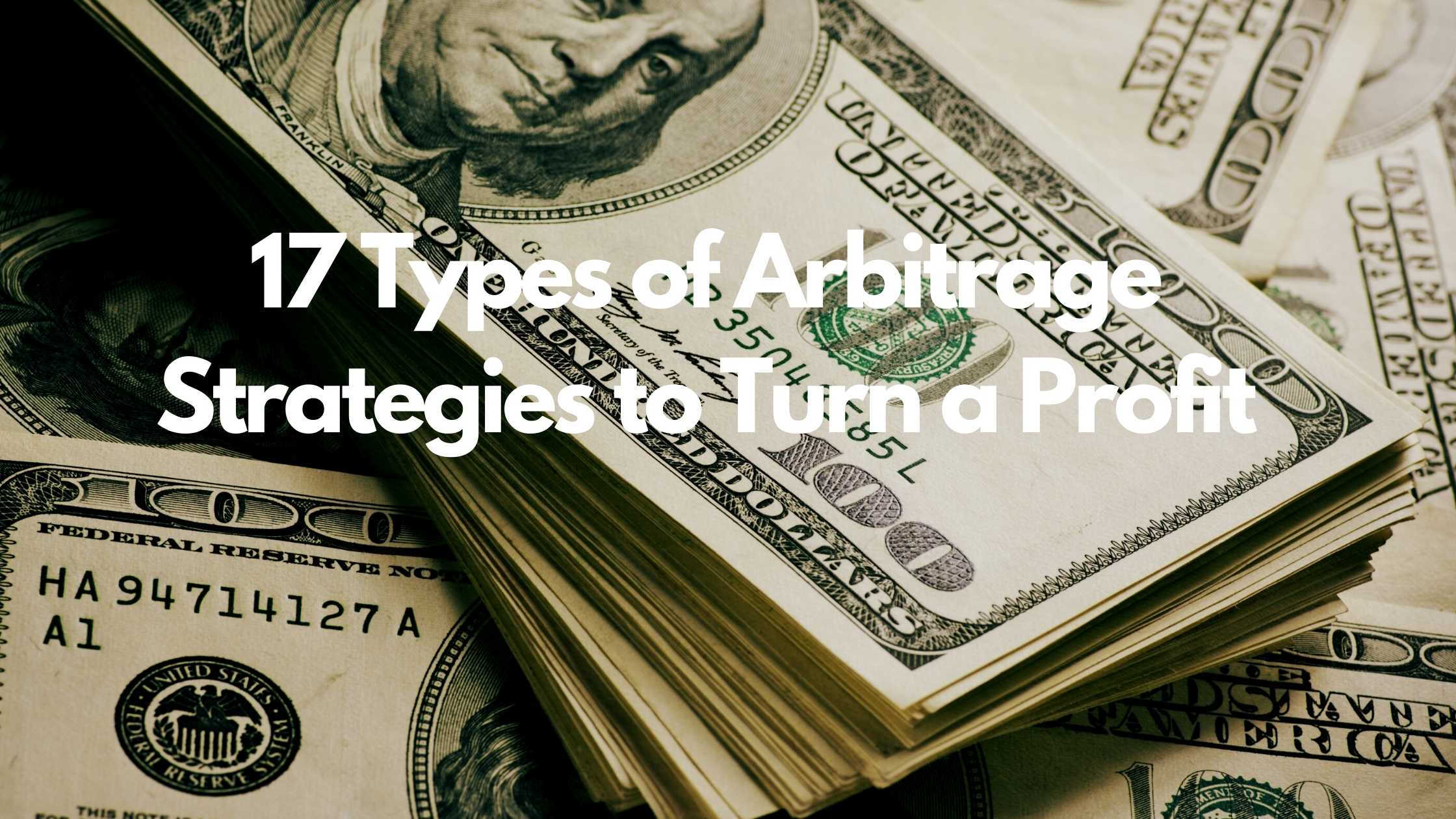
17 Types of Arbitrage Strategies to Turn a Profit
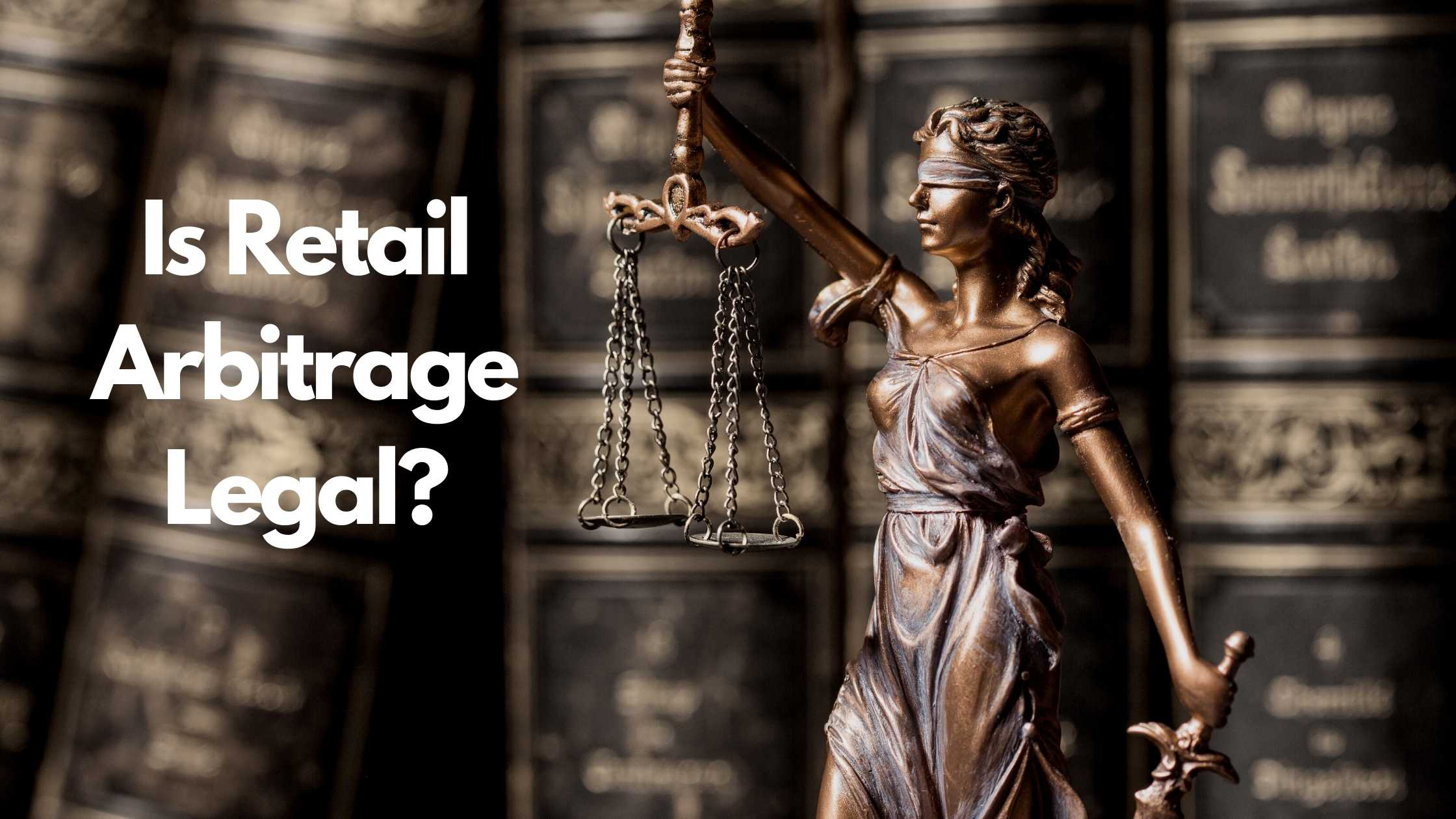
Is Retail Arbitrage Legal?

How to Turn Textbook Arbitrage into a Business for Profit

How Can You Tell if a Book is a First Edition?
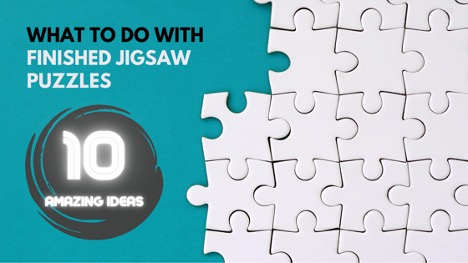
What to Do With Your Jigsaw Puzzle When Finished?
